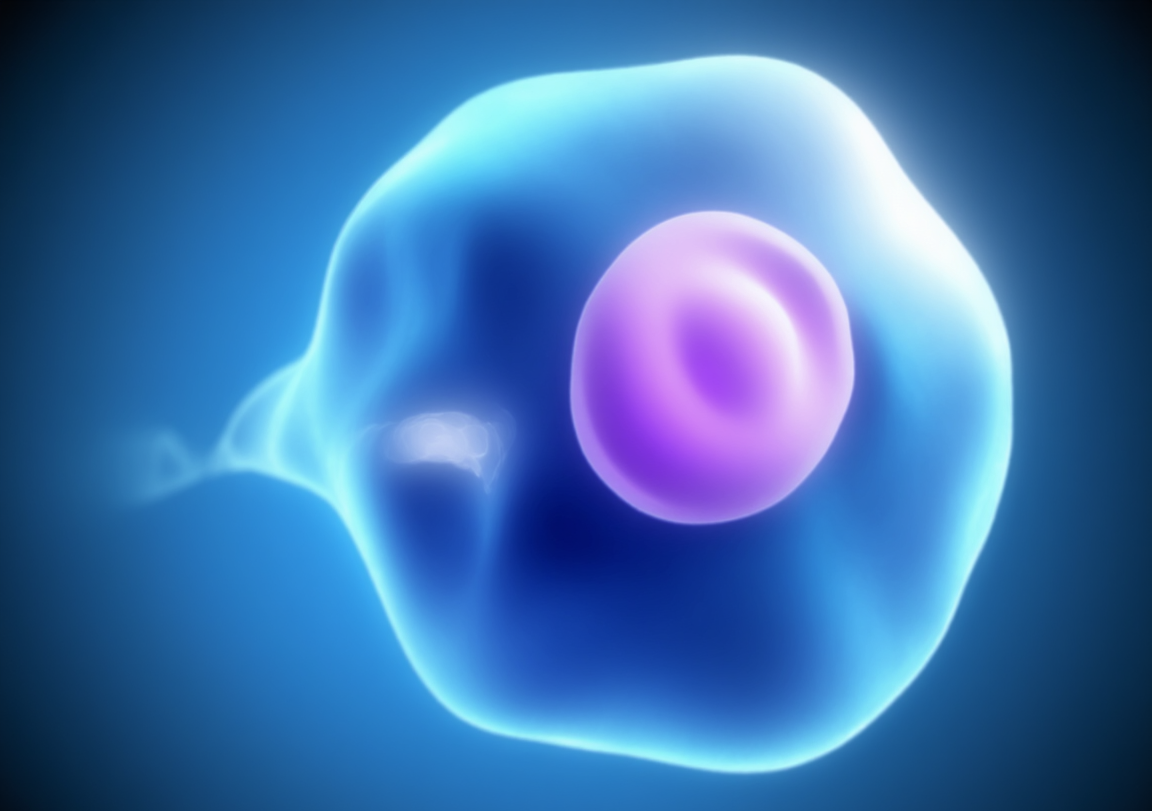
Specific Applications of the UWB1.289 Cell Line in DNA Damage Repair Mechanism Research
Introduction
Maintaining genomic integrity is fundamental for normal cell survival and function. To counteract DNA damage from endogenous and exogenous sources, cells have evolved a sophisticated signaling network known as the DNA Damage Response (DDR). Within the DDR network, the BRCA1 protein plays a pivotal role, particularly in the high-fidelity repair of the most cytotoxic lesions, DNA double-strand breaks (DSBs), via the homologous recombination (HR) pathway. Germline mutations in the BRCA1 gene significantly increase the lifetime risk of developing ovarian and breast cancers. To investigate the functions of BRCA1, the UWB1.289 cell line was established from a patient with high-grade serous ovarian carcinoma. This cell line harbors a germline BRCA1 mutation and is also p53-deficient. Critically, its isogenic counterpart, UWB1.289+BRCA1, which stably expresses wild-type BRCA1, was also generated. This pair of cell lines provides an ideal in-vitro model for dissecting BRCA1 functions. This article describes three core applications of the UWB1.289 cell line in DNA damage repair research.
Studying BRCA1 function? The UWB1.289 cell line, with its defined BRCA1-null background, is your ideal research model. Learn more>>
Investigating the Homologous Recombination Repair Pathway
Homologous recombination (HR) is an error-free repair mechanism for DNA double-strand breaks that uses the sister chromatid as a template to ensure the preservation of genetic information. BRCA1 is a key protein required for the initiation of the HR process. Due to the absence of functional BRCA1 protein, the UWB1.289 cell line is profoundly deficient in HR.
Researchers leverage this characteristic for various functional studies. For instance, the formation of nuclear foci by the RAD51 protein, a key recombinase in the HR pathway, can be assessed by immunofluorescence. Following the induction of DSBs by ionizing radiation or chemical agents, RAD51 foci are virtually undetectable in UWB1.289 cells. In stark contrast, robust RAD51 foci formation is observed in the isogenic, BRCA1-reconstituted UWB1.289+BRCA1 cells. This direct comparison clearly demonstrates the essential role of BRCA1 in recruiting RAD51 to sites of DNA damage. Consequently, the UWB1.289 cell line serves as a reliable tool for validating whether a newly identified protein is involved in the HR pathway or if a small-molecule compound acts as an HR inhibitor.
Evaluating the Cellular Effects of DNA Damaging Agents
As a direct result of its HR deficiency, the UWB1.289 cell line exhibits extreme sensitivity to agents that induce DNA double-strand breaks. This feature makes it an ideal platform for assessing the cytotoxicity of various drugs and physical treatments.
A typical experimental design involves exposing both UWB1.289 and UWB1.289+BRCA1 cells to a gradient of concentrations of a DNA damaging agent, such as platinum-based chemotherapy drugs (e.g., cisplatin) or PARP inhibitors (e.g., olaparib). Cell survival can be quantified using clonogenic assays or cell viability assays (e.g., CCK-8). The results consistently show that the half-maximal inhibitory concentration (IC50) for UWB1.289 cells is significantly lower than that for UWB1.289+BRCA1 cells, demonstrating the selective killing effect of these agents on BRCA1-deficient cancer cells. This principle, known as "synthetic lethality," forms the theoretical basis for the clinical success of PARP inhibitors in treating tumors with BRCA1/2 mutations. The UWB1.289 cell line was indispensable in the early development and preclinical validation of PARP inhibitors, providing robust evidence for drug screening and mechanistic studies.
Analyzing Gene Expression Profile Changes
Beyond its direct role in DNA repair, BRCA1 is a multifunctional protein involved in cell cycle regulation, transcriptional control, and protein ubiquitination. To systematically uncover the regulatory network of BRCA1 within the DNA damage response, researchers have extensively used the UWB1.289 cell line for omics-level studies.
By comparing the transcriptomes (via RNA-seq) and proteomes (via Mass Spectrometry) of UWB1.289 and UWB1.289+BRCA1 cells, both at baseline and following DNA damage induction, it is possible to identify downstream genes and proteins whose expression is regulated by BRCA1. For example, studies have revealed that the loss of BRCA1 function leads to aberrant expression of a suite of genes involved in cell cycle checkpoints, apoptosis, and DNA repair. These differentially expressed genes not only enhance our comprehensive understanding of the BRCA1 functional network but may also serve as potential biomarkers for predicting tumor sensitivity to specific therapies or as novel drug development targets. This unbiased, systems-level approach, grounded in the well-defined genetic background of the UWB1.289 model, offers a powerful perspective for exploring complex biological processes.
Deepen your investigation into DNA damage repair mechanisms. UWB1.289 is the ideal tool for studying homologous recombination and cellular responses. Order now>>
Conclusion
The UWB1.289 cell line and its BRCA1-reconstituted counterpart form a powerful and rigorously controlled experimental system. It has proven invaluable for elucidating the specific role of BRCA1 in homologous recombination, for assessing the efficacy of targeted drugs like PARP inhibitors, and for systematically dissecting the DNA damage response network. As a critical tool bridging basic research and clinical translation, the UWB1.289 cell line will continue to play a significant role in the study of ovarian cancer and other BRCA-associated malignancies, supporting the development of more effective, personalized treatment strategies.
References
[1]DelloRusso, C., et al. (2007). Functional characterization of a novel ovarian cancer cell line, UWB1.289, with a germ-line BRCA1 mutation. Gynecologic Oncology, 104(1), 158-166.
[2]Konstantinopoulos, P. A., et al. (2010). Gene expression profile of BRCAness that correlates with responsiveness to chemotherapy and with outcome in patients with epithelial ovarian cancer. Journal of Clinical Oncology, 28(22), 3555-3561.

